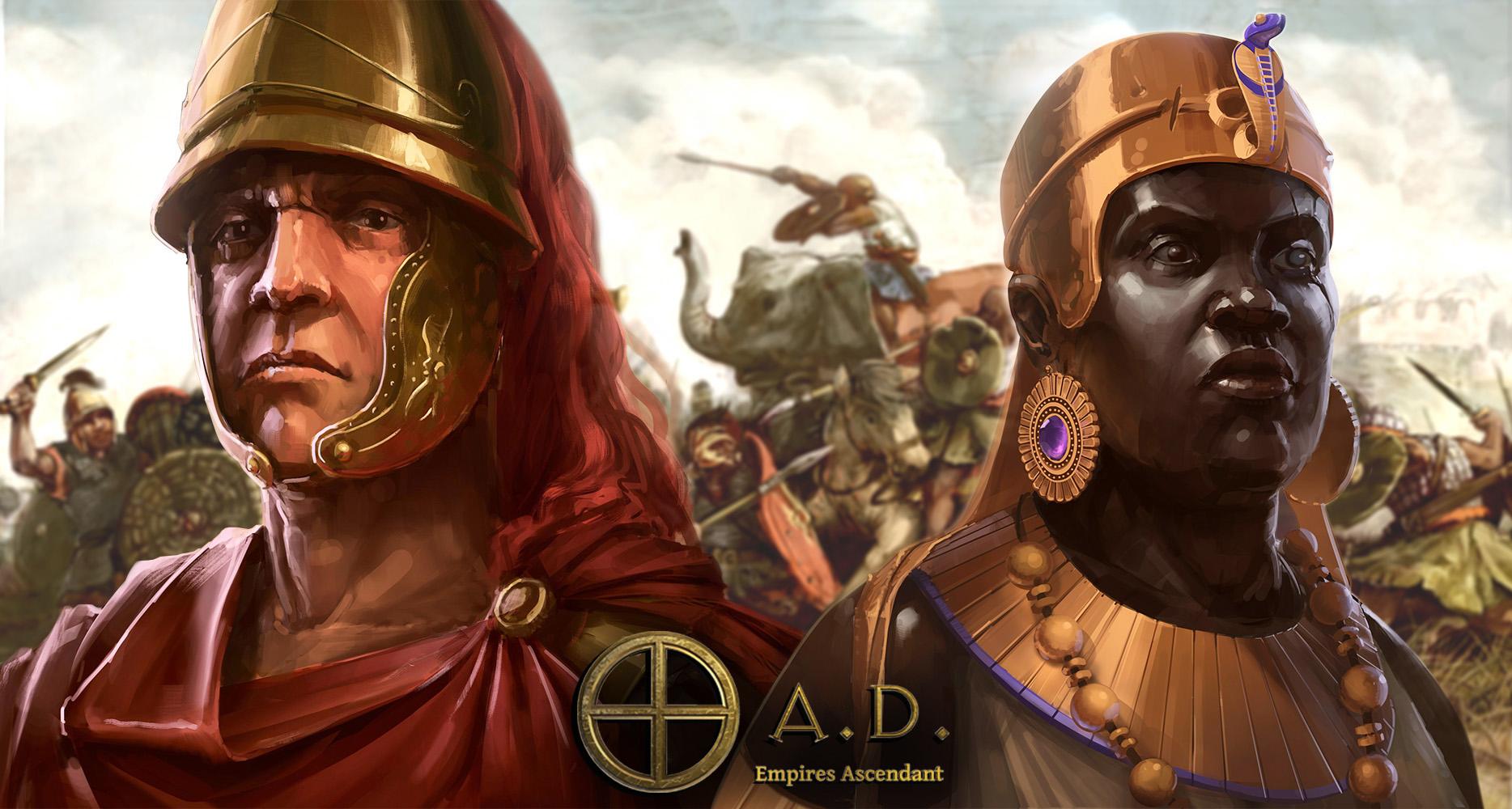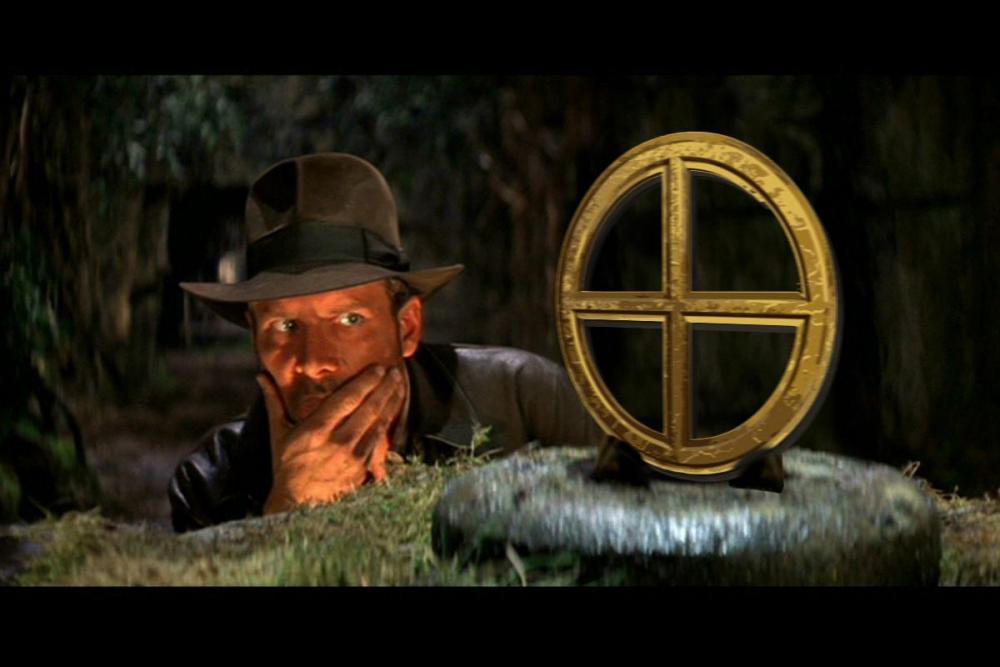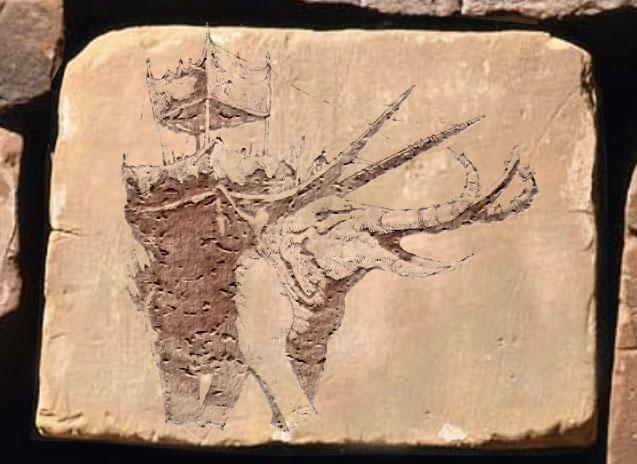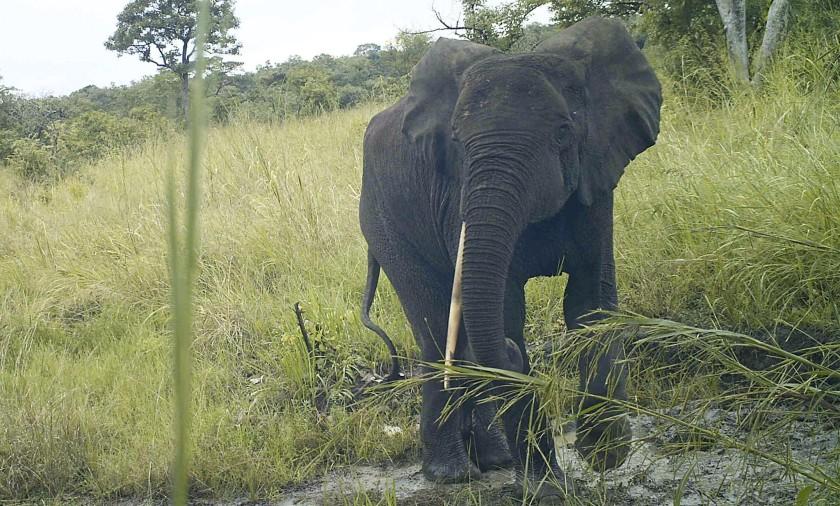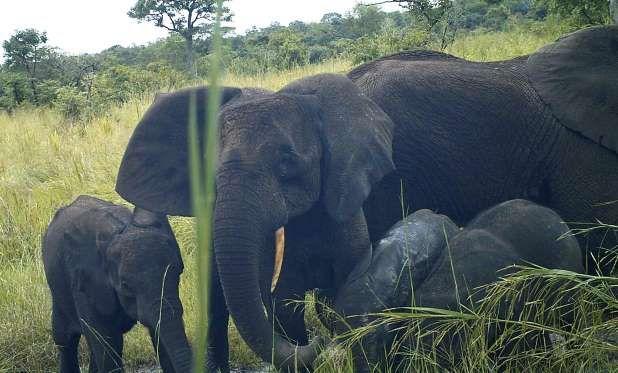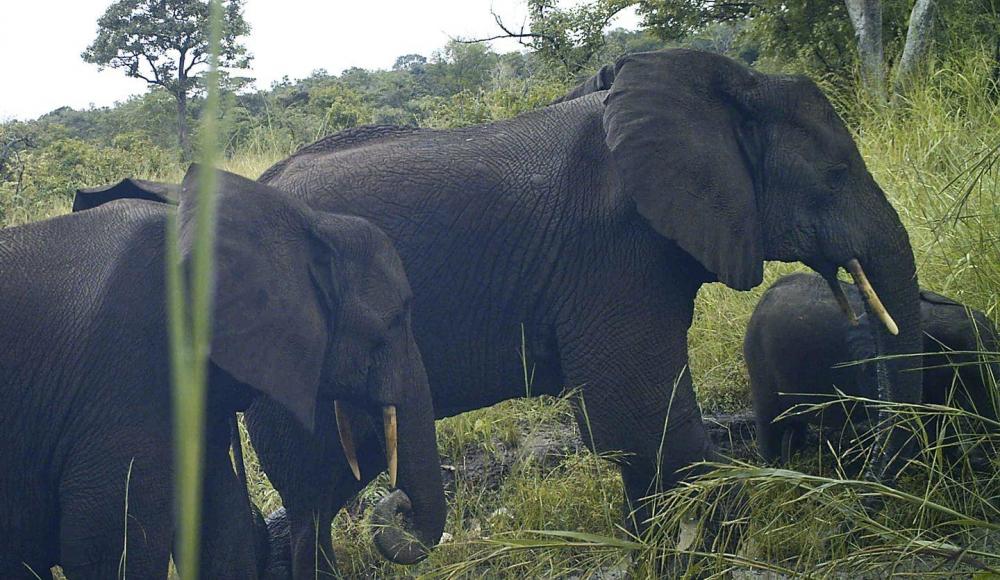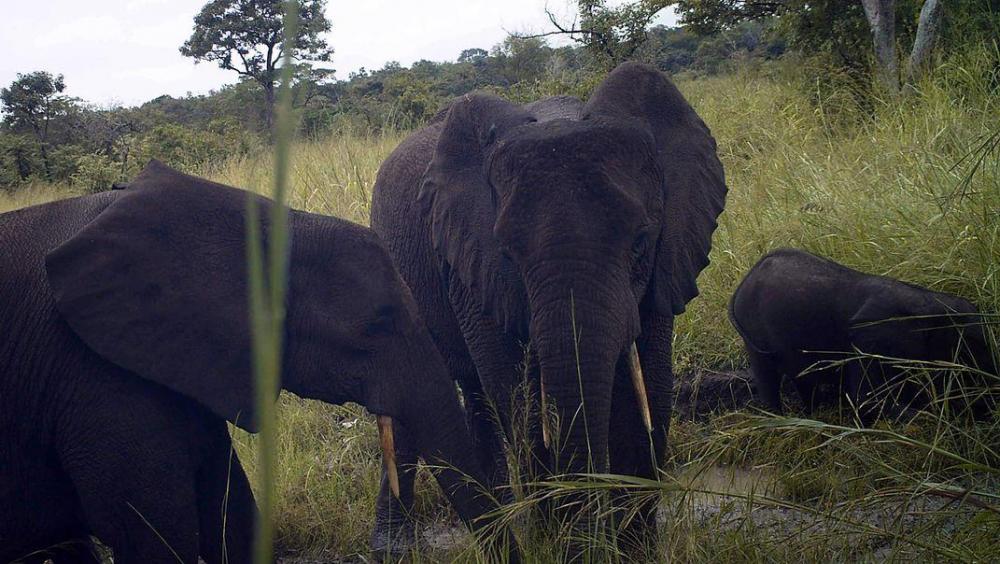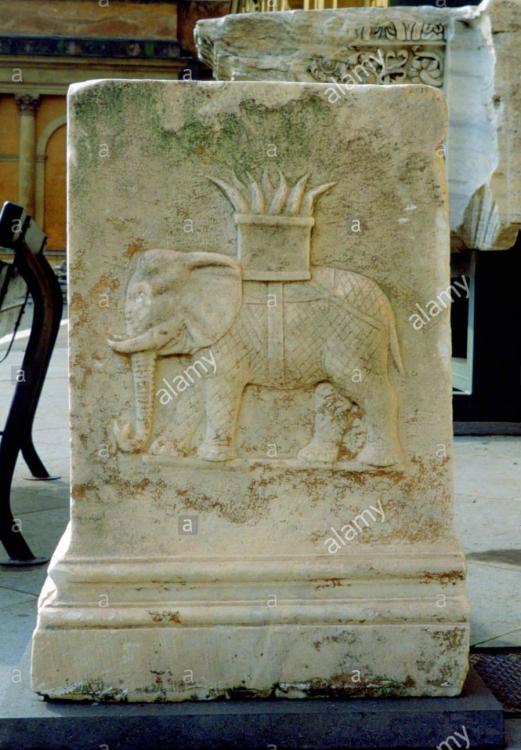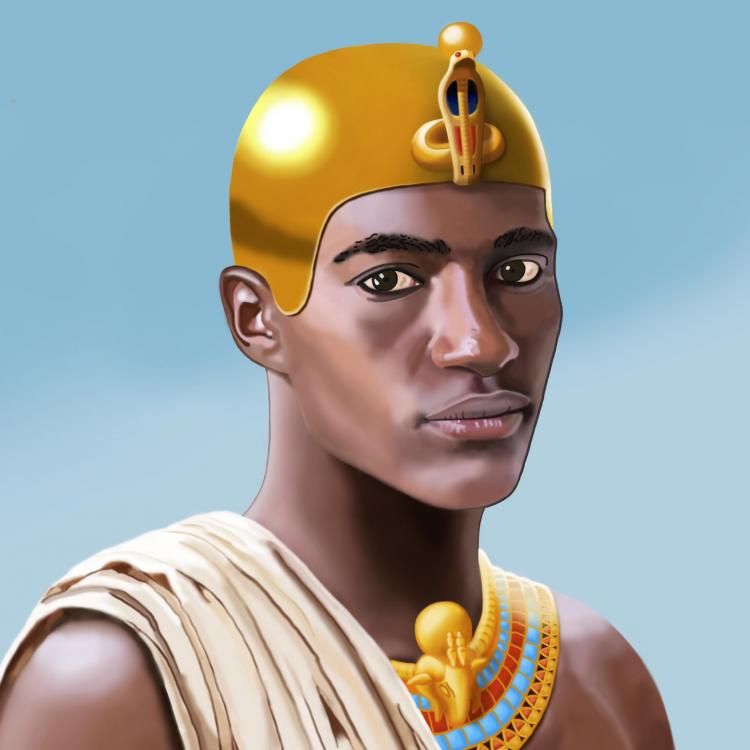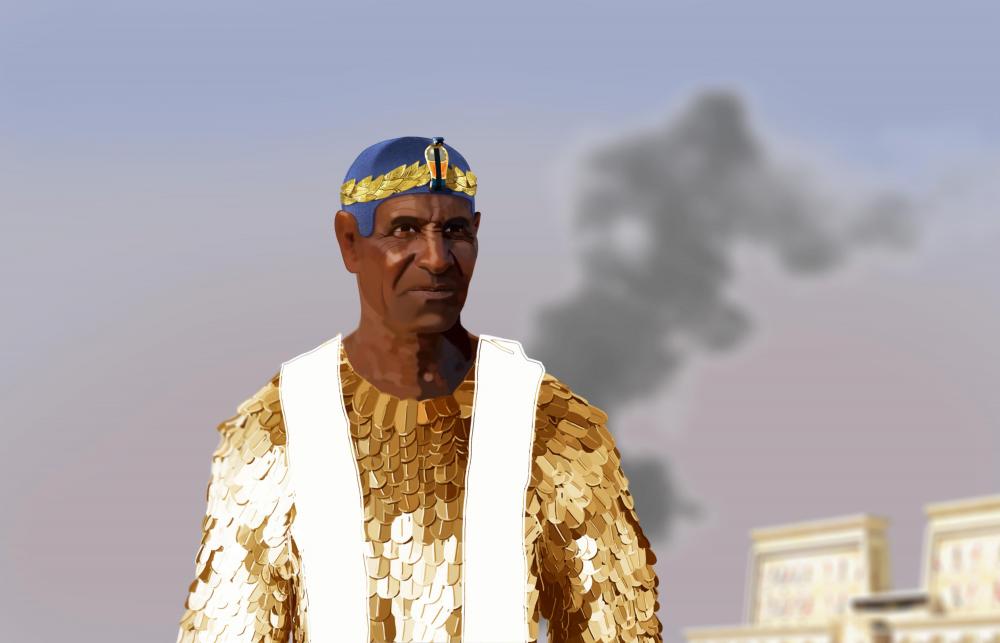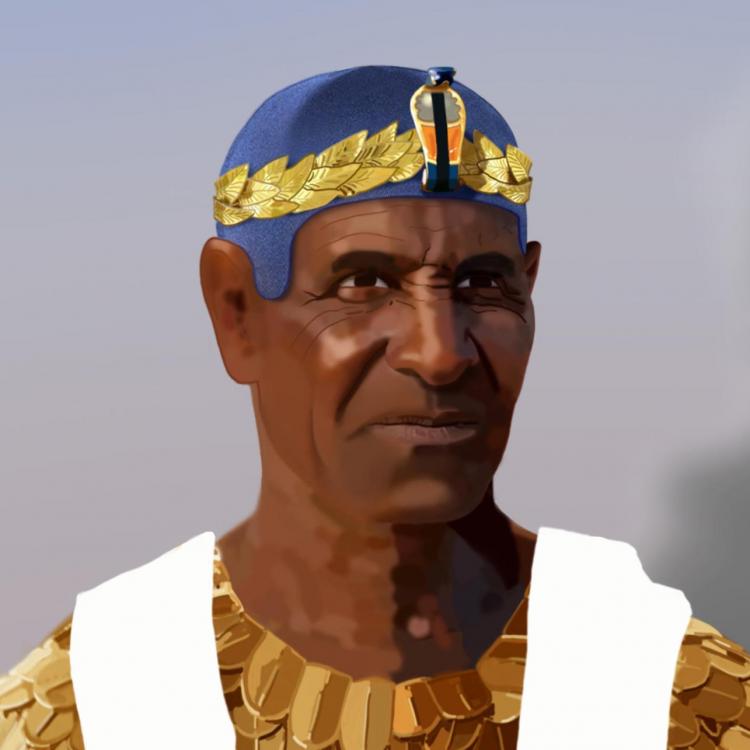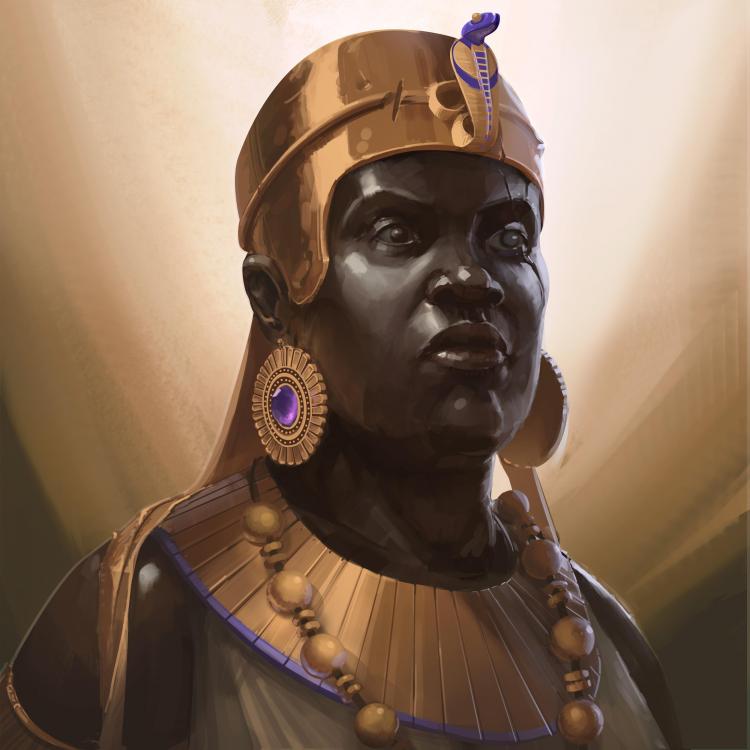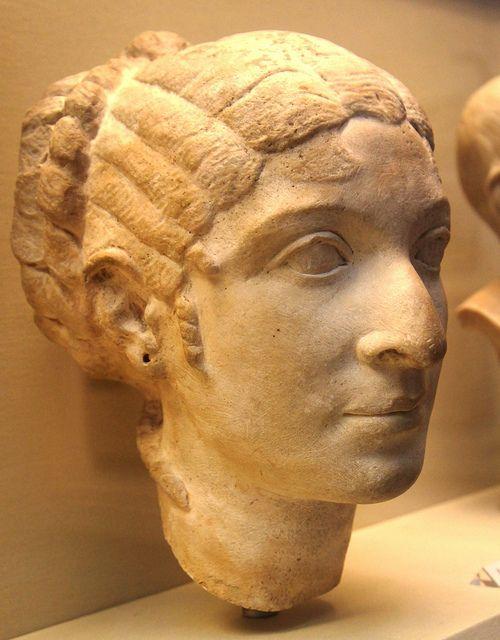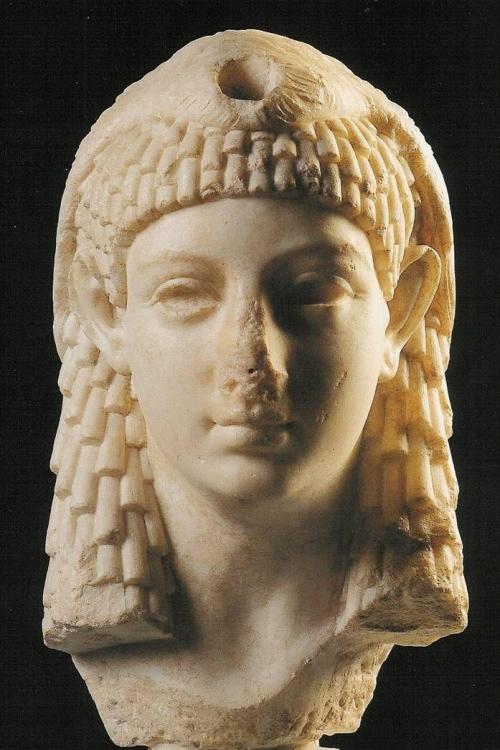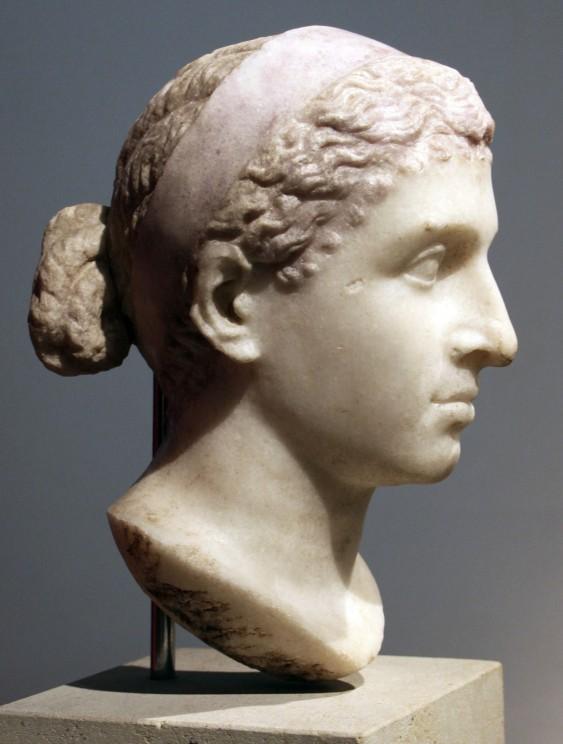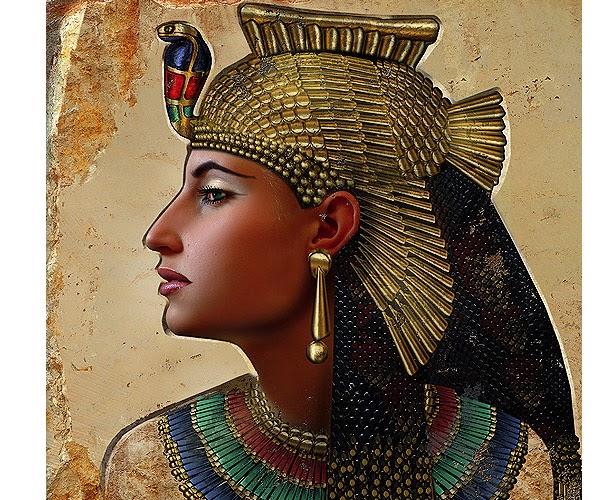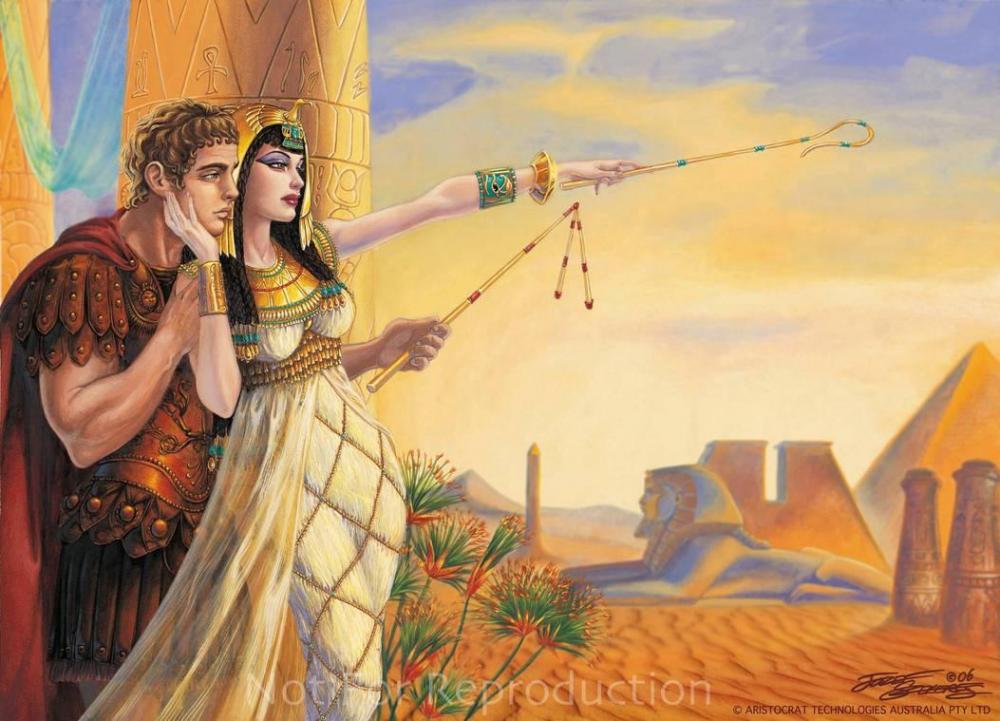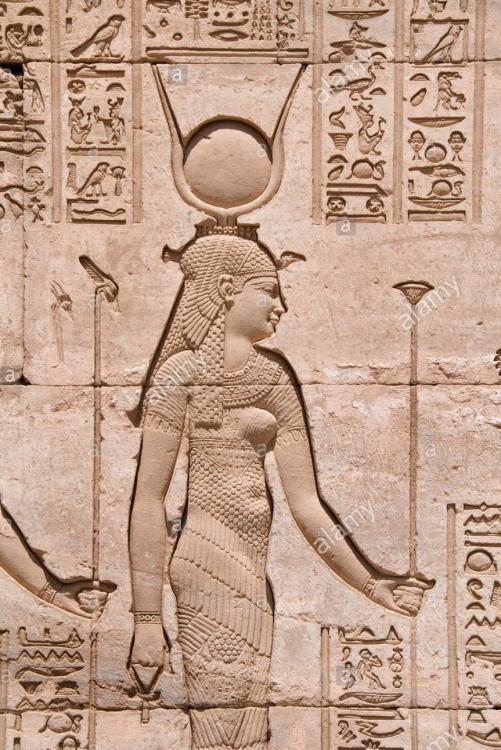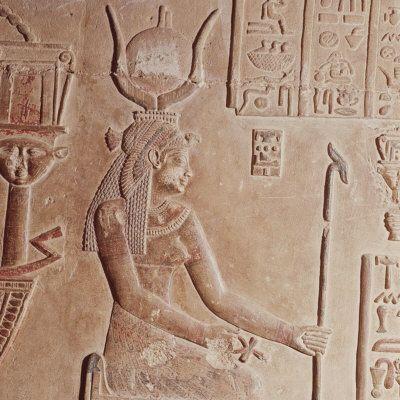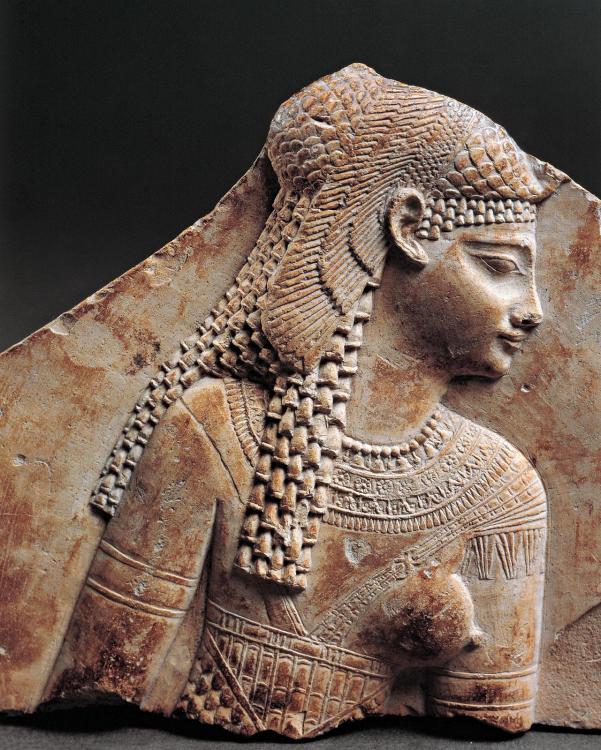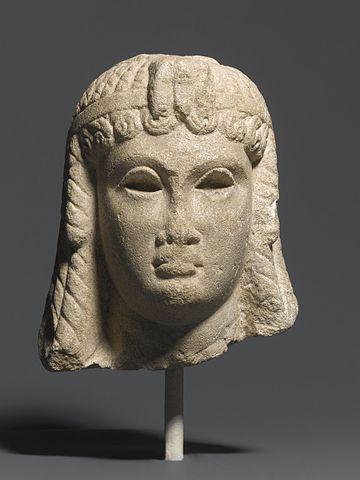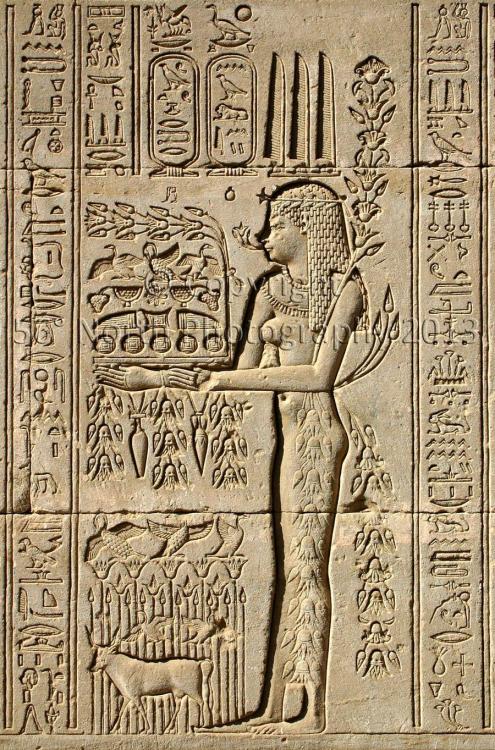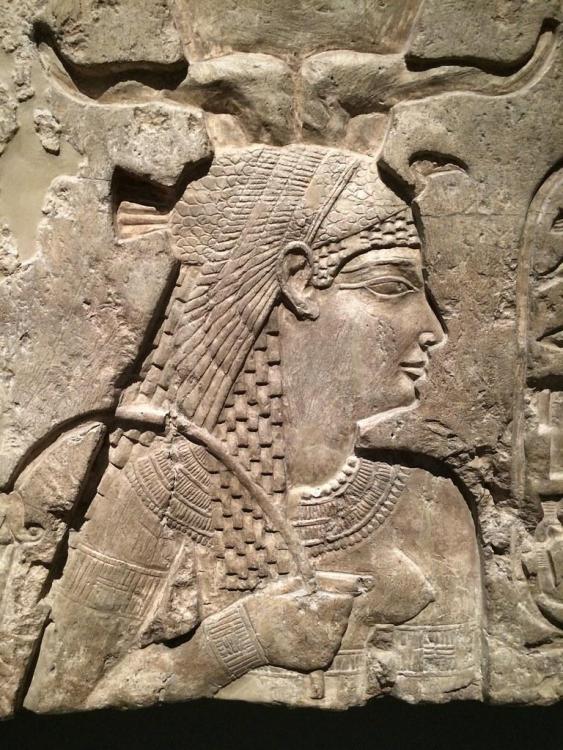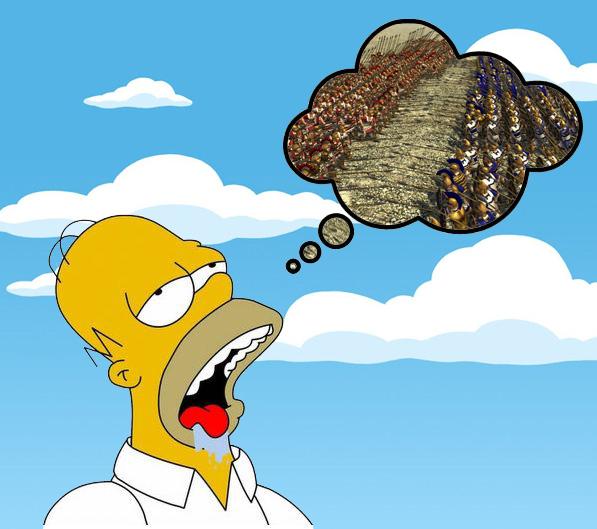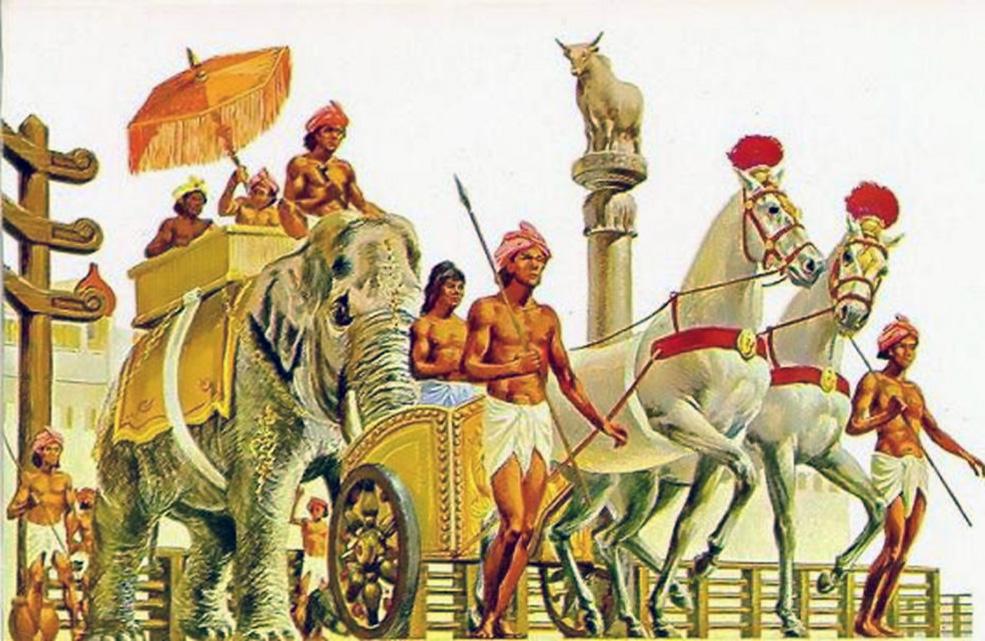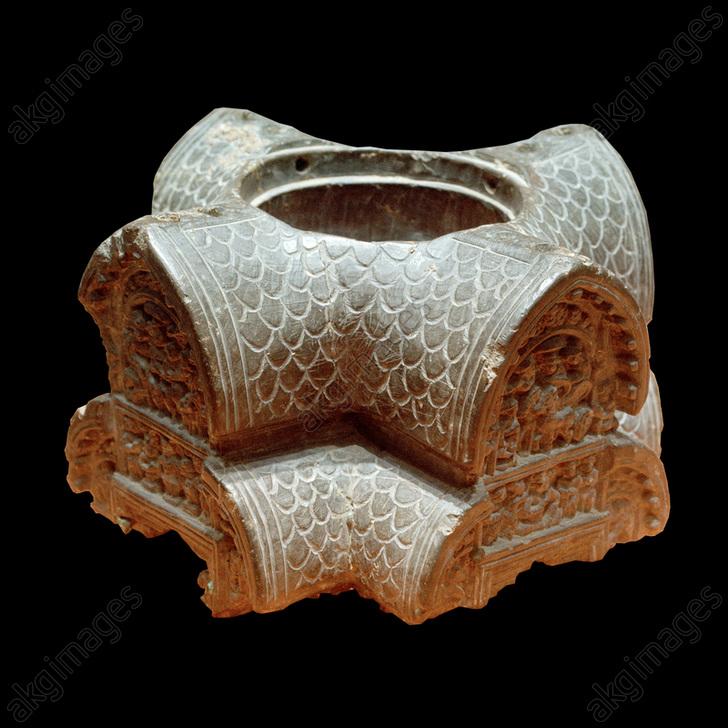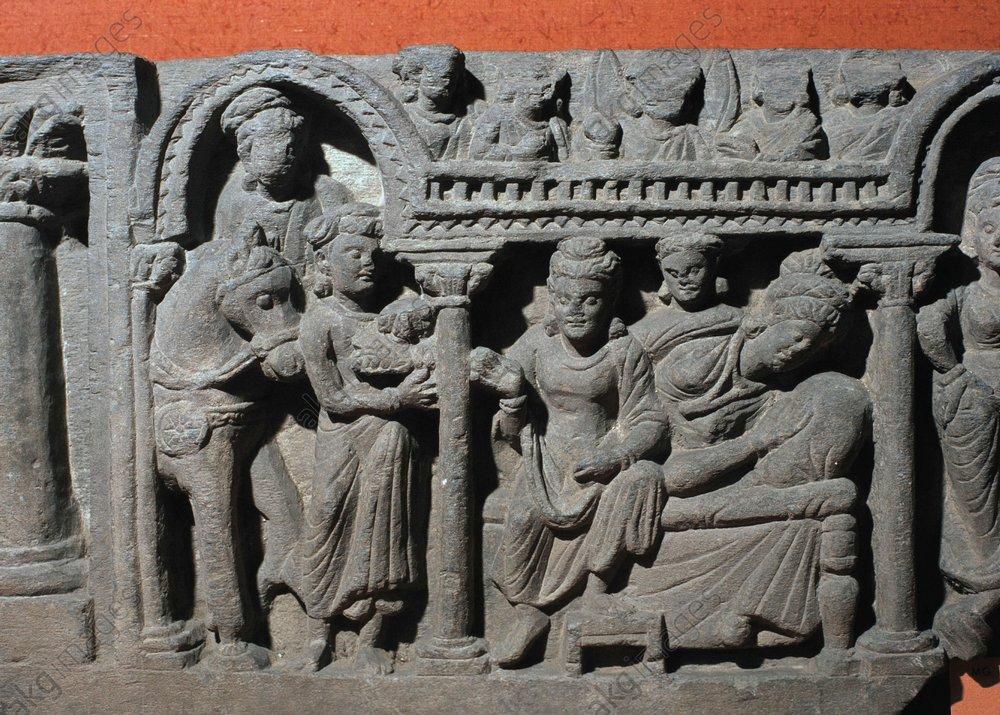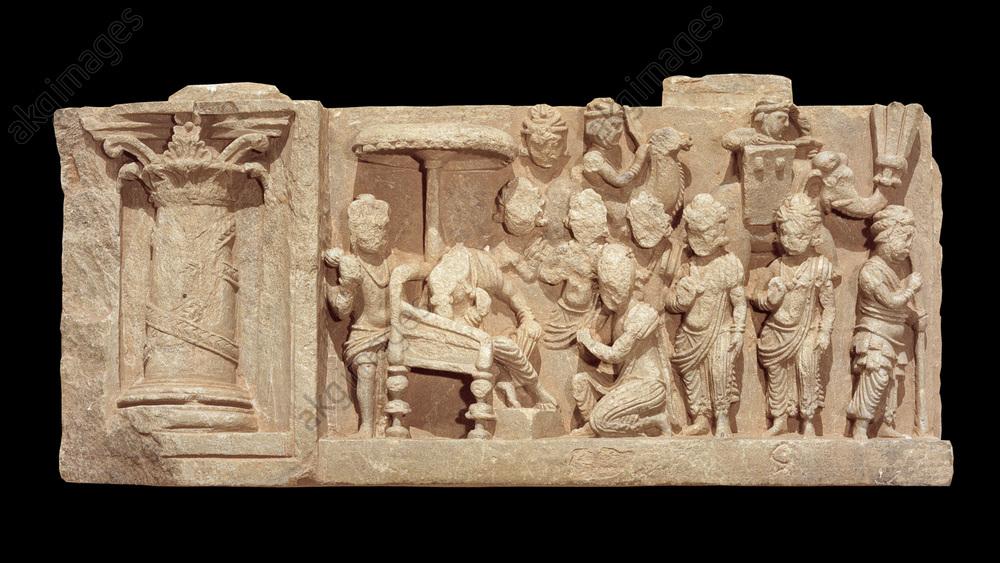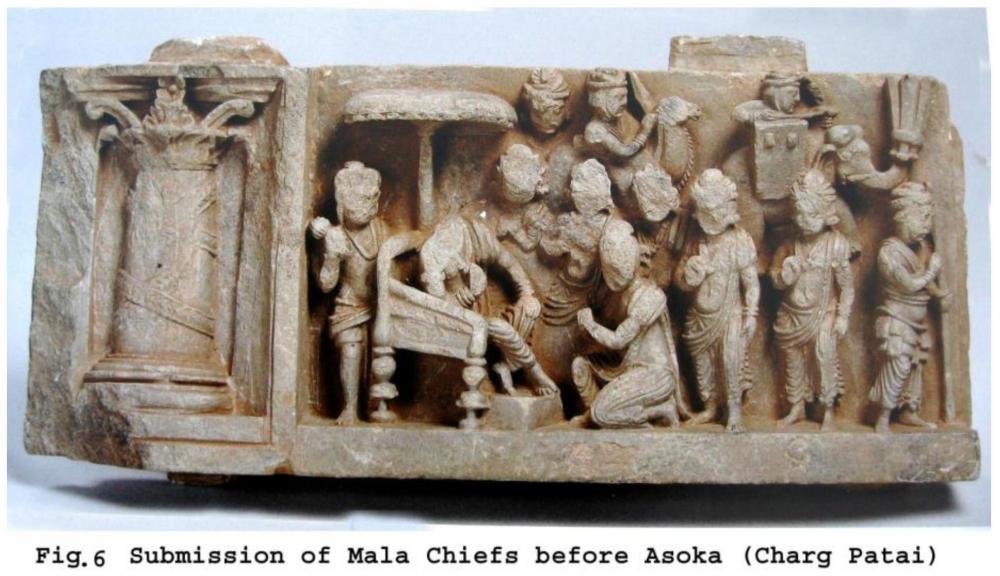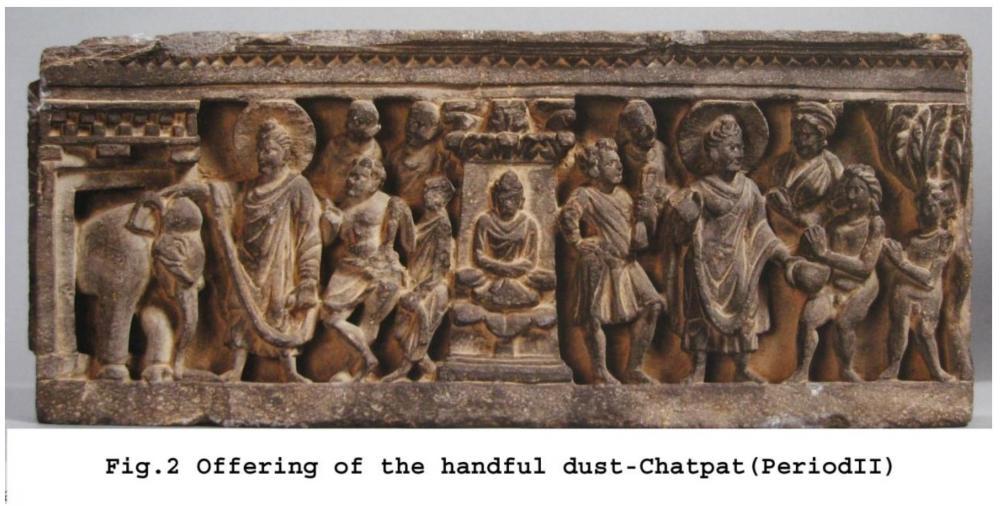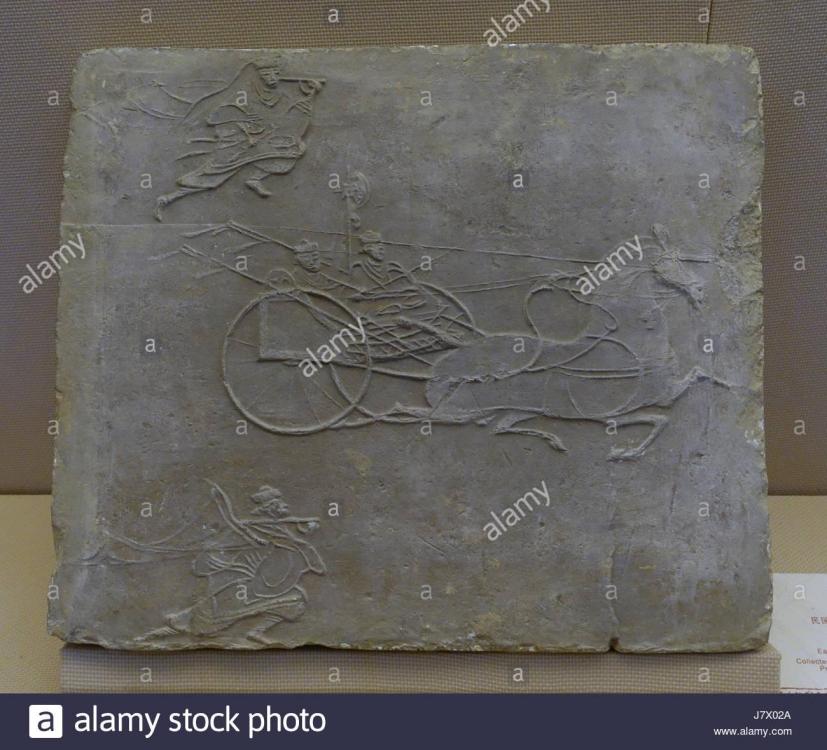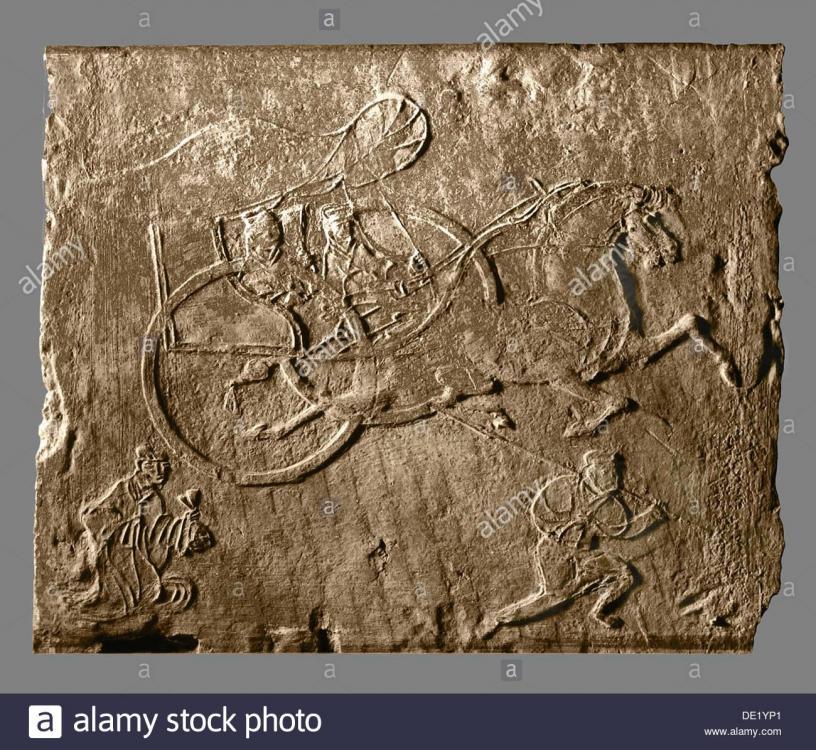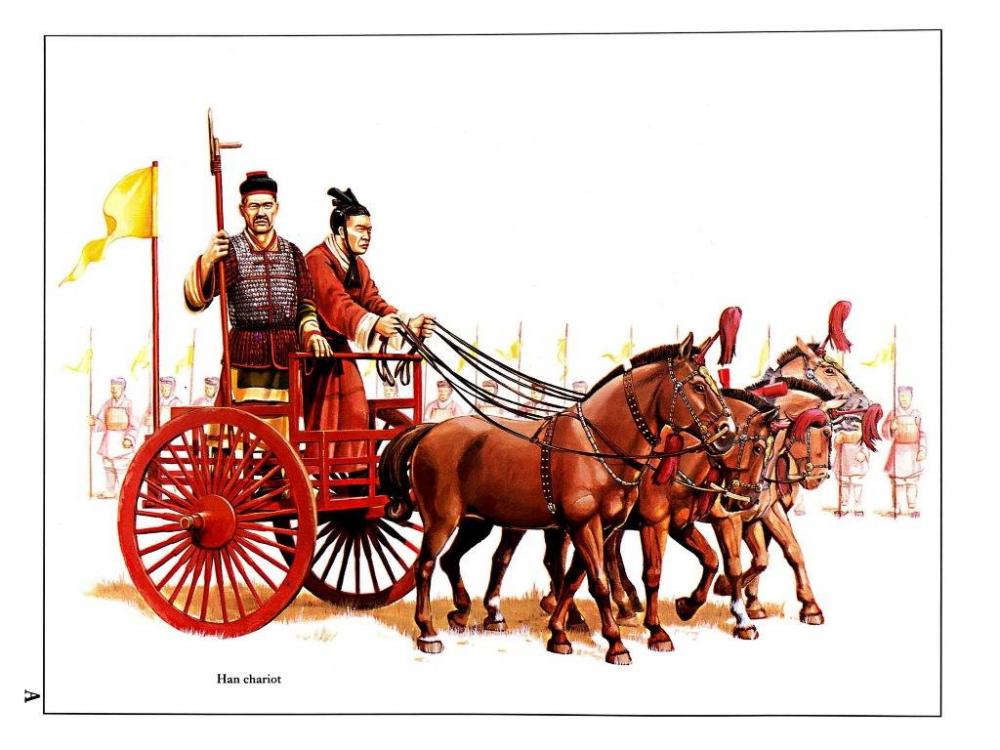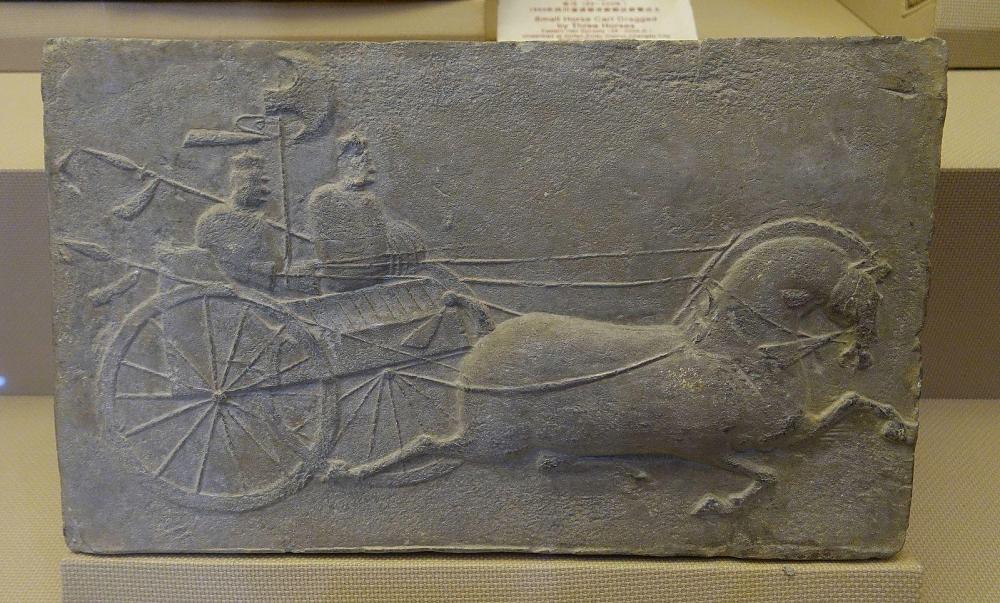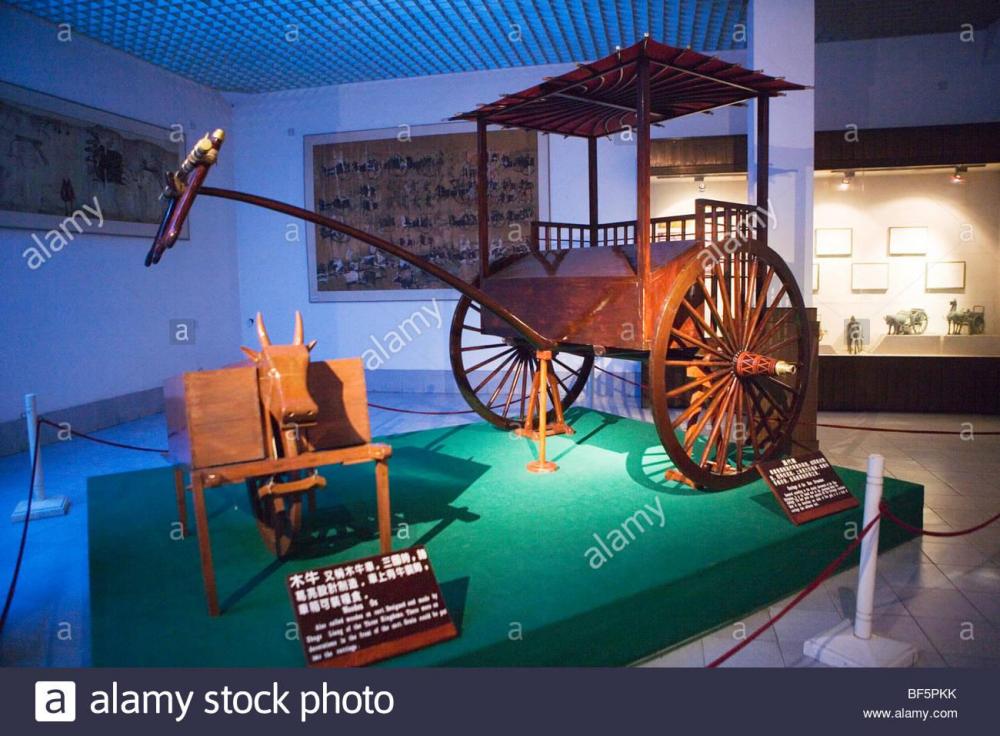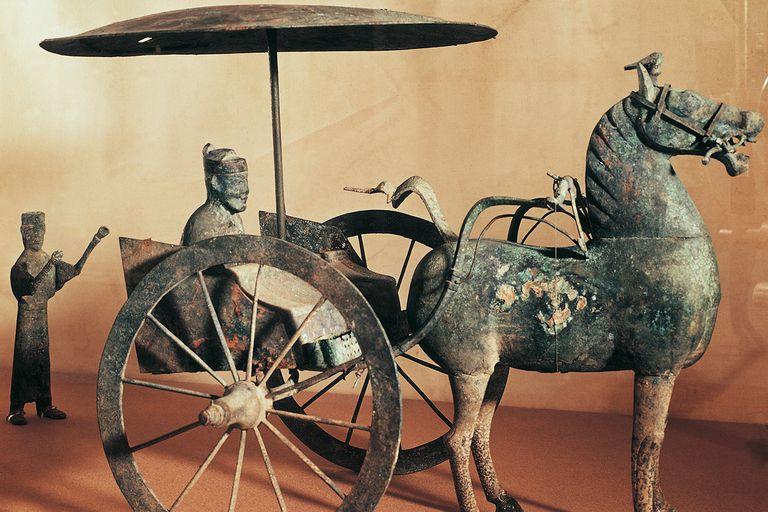-
Posts
2.332 -
Joined
-
Last visited
-
Days Won
60
Everything posted by Sundiata
-
I agree. It's a super contentious subject since the 20th century. It's definitely not a new debate... I want to just point something out here that's quite important. The dismissal of the idea that African war elephants were smaller than Indian war elephants does not only require us to ignore Polybius' account, but actually requires us to ignore many other Greco-Roman accounts as well. I recently read: Again on the Elephants of Raphia: Re-examining Polybius' Factual Accuracy and Historical Method in the light of a DNA Survey, which agrees with the notion that the modern Eritrean elephants of Gash Barka are the same species as the ancient African war elephants, and basically says that Polybius mention of African elephants being smaller than Indian ones was a non-factual statement: https://research.ncl.ac.uk/histos/documents/2016AA08SchneiderAgainontheElephantsofRaphia.pdf What I actually found much more interesting than the article itself was the appendix, which includes many other ancient accounts which actually mention that Indian elephants were in fact larger than Libyan (African) elephants. It's not just Polybius. It was "common knowledge" in Antiquity that Indian elephants were the largest. Polybius' claim was readily repeated as well as complimented by other accounts, some pre-dating him: [1] Onesicritus, FGrHist 134 F 14 (and other authors) = Strabo 15.1.43. And both he and others state that they are larger and stronger than the Libyan elephants [μείζους δὲ τῶν Λιβυκῶν καὶ ἐρρωμενεστέρους ἐκεῖνός τε εἴρηκε καὶ ἄλλοι]. (Translation by H. L. Jones.)44 See also Strabo 15.1.22 (Onesicritus, FGrHist 134 F 22). [2] Megasthenes, Indika, FGrHist 115 F 4 = Diod. 2.35.4. It also breeds elephants both in the greatest numbers and of the largest size, providing them with sustenance in abundance, and it is because of this food that the elephants of this land are much more powerful than those produced in Libya [καὶ πλείστους δὲ καὶ μεγίστους ἐλέφαντας ἐκτρέφει, χορηγοῦσα τὰς τροφὰς ἀφθόνους, δί ἃς ταῖς ῥώμαις τὰ θηρία ταῦτα πολὺ προέχει τῶν κατὰ τὴν Λιβύην γεννωμένων]. (Translation by C. H. Oldfather.) Also see Diod. 2.42.1 = Megasthenes, fragment Schwanbeck 4 (‘The coun- try of the Indians also possesses a vast number of enormous elephants, which far surpass all others both in strength and size [ἔχει δ́ ἡ τῶν Ἰνδῶν χώρα πλείστους καὶ μεγίστους ἐλέφαντας, ἀλκῇ τε καὶ μεγέθει πολὺ διαφέροντας]’). [5] Diod. 2.16.3–4. For India is a land of unusual beauty, and since it is traversed by many rivers it is supplied with water over its whole area and yields two harvests each year; consequently it has such an abundance of the necessities of life that at all times it favours its inhabitants with a bounteous enjoyment of them ... It also has an unbelievable number of elephants, which both in courage and in strength of body far surpass those of Libya [ἔχει δὲ καὶ τῶν ἐλεφάντων ἄπιστον πλῆθος, οἳ ταῖς τε ἀλκαῖς καὶ ταῖς τοῦ σώματος ῥώμαις πολὺ προέχουσι τῶν ἐν τῇ Λιβύῃ γινομένων] ... (Translation by C. H. Oldfather.) [6] Livy 37.39.13 (the Roman battle line at Magnesia in 190 BC).46 They placed, sixteen elephants in reserve behind the triarii, for, in addition to the fact that they seemed unable to face the greater number of the king’s ele- phants—there were fifty-four of them—African elephants cannot resist even an equal number of Indian, whether because the latter are superior in size— for in fact they are far larger—or in fighting spirit [nam praeterquam quod multitu- dinem regiorum elephantorum—erant autem quattuor et quinquaginta—sustinere non vide- bantur posse, ne pari quidem numero Indicis Africi resistunt, sive quia magnitudine—longe enim illi praestant—sive robore animorum vin@#$%ur]. (Translated by E. T. Sage.) [7] Plin. Nat. 8.27. African elephants are afraid of an Indian elephant, and do not dare to look at it, as Indian elephants are indeed of a larger size [Indicum Africi pauent nec contueri audent, nam et maior Indicis magnitudo est]. (Translated by H. Rackham.) [8] Plin. Nat. 8.32. Elephants are produced by Africa beyond the deserts of Syrtis and by Maureta- nia; also by the land of Ethiopia and the Trogodytes, as has been said; but the biggest ones by India [Elephantos fert Africa ultra Syrticas solitudines et in Mauretania, ferunt Aethiopes et Trogodytae, ut dictum est, sed maximos India] ... (Translated by H. Rackham, slightly modified.) [9] Curtius 8.9.17. The strength of its [i.e. India] elephants is greater than those which men tame in Africa [Elephantorum maior est vis quam quos in Africa domitant, et viribus magnitudo respondet]. (Translated by J. C. Rolfe.) [10] App. BC 11.160 (the battle line at Magnesia). He gave the command of the left wing to Eumenes. Considering his African elephants of no use, being few in number and of small size, as those of Africa usually are (and the small ones are afraid of the larger [sc. Indian elephants]), he placed them all in the rear [τῶν δ ̓ ἐλεφάντων, οὓς εἶχεν ἐκ Λιβύης, οὐδένα νομίζων ἔσεσθαι χρήσιμον ὀλιγωτέρων τε ὄντων καὶ βραχυτέρων οἷα Λιβύων(δεδίασι δ ̓ οἱ σμικρότεροι τοὺς μείζονας), ἔστησεν ὀπίσω πάντας]. (Translated by H. White.) 11] Philostr. VA 2.12. The Indian elephants exceed those from Libya in size to the same extent as those exceed a Nisaean horse [ὅσον δὲ ἵππου Νισαίου μείζων ὁ Λιβυκὸς ἐλέφας,τοσοῦτον τῶν ἐκ Λιβύης οἱ Ἰνδοὶ μείζους]. (Translated by C. P. Jones.) [12] Servius Ad Georg. 1.57. India gives ebony. There are also elephants in Africa, but they are better in India. Hence Terence: ‘the man who was in charge of Indian elephants’, that is to say the biggest ones [‘India mittit ebur’ et in Africa fuerunt elephanti, sed meliores in India. hinc est quod ait Terentius ‘elephantis quem Indicis praefecerat’, id est maximis]. The article basically argues that all these authors either based their writing on each other, or were just repeating a commonly held, but mistaken belief during Antiquity that Indian elephants were the largest, and so, all these authors were actually mistaken and basically did not know what they were talking about. I disagree with this. I think it's pretty darning that there are so many ancient accounts in agreement on the idea that African (war) elephants were actually smaller. Even more darning is that I've never seen an account state the opposite, that African elephants were larger, even though someone must have noticed over the centuries, if they were indeed using large bush elephants that they actually tower above Indian elephants. I don't think that the use of larger African Bush elephants is credible in light of these accounts. The other 4 possibilities you (Genava55) mentioned are still a possibility of course. It's very much still an open question. But I think we can be relatively certain that these elephants were 1) African, and 2) small.
-
Ok, admittedly, this sentence isn't entirely correct on my part. The theorized North African Elephant (Loxodonta africana pharaohensis) is sometimes said to be a subspecies of bush elephant, while others refer to it as the North African forest elephant, while others consider it an entirely separate subspecies... It's taxonomy is entirely uncertain: "The North African elephant (Loxodonta africana pharaohensis) was a subspecies of the African bush elephant (Loxodonta africana), or possibly a separate elephant species, that existed in North Africa, north of the Sahara, until becoming extinct in Roman times. These were the famous war elephantsused by Carthage in the Punic Wars, their conflict with the Roman Republic. Although the subspecies has been formally described,[1][2] it has not been widely recognized by taxonomists. Other names for this animal include the North African forest elephant, Carthaginian elephant, and Atlas elephant. Originally, its natural range probably extended across North Africa and down to the present Sudanese and Eritrean coasts." https://en.wikipedia.org/wiki/North_African_elephant For now, it's all based on hypotheticals, whichever direction you choose to argue.
-

Civ: Germans (Cimbri, Suebians, Goths)
Sundiata replied to wowgetoffyourcellphone's topic in Delenda Est
Aaaah, I still love that movie -
Wait... Didn't that guy try to steal our logo that one time back in 1936? Though I don't really blame him... It's a pretty cool logo... Can't argue with that! I didn't know he was a leading expert on war elephants as well. What a polymath!
-
Oh my god, I think you might be on to something... I found this totally legit relief from Nowhereland:
-
@Nescio You seem to have completely missed the point of my post: Then you say: I shared the article because it shows that forest elephants today still live north of the equatorial rainforests of West and Central Africa. The elephants from southern South Sudan in the article live at least 100 km north of the nearest equatorial rainforests in an area that's a patchwork of forests and grasslands. Use the satellite view of google earth and you'll clearly see that the equatorial rainforests are a distinct biotope from the forests, scrublands and grasslands of southern South Sudan. Even from space, they're very clearly different shades of green. And that's my point. Even their current range is larger than what experts used to think only a few years ago. As I have clearly pointed out, it's impossible to know how far north these or other related populations reached only a few hundred years ago, because we barely know how far they reach today. Let alone how far they reached 2500 years to 2000 years ago. The climate was different, and all those maps you shared do not accurately represent the African climate more than 2000 years ago. We know this! The Sahara has advanced as much as 200 km in the last century alone! Even Nero's expedition up the Nile in the 1st century remarked on the abandoned towns of northern Nubia and described it as a region rendered into a desert... For the period that's relevant to 0 A.D., from 500 BC to 1 BC, Sudan, especially the Butana, and especially the southern Butana were decidedly more green and forested than they are today. Taking this into account, it becomes impossible to offhand discount the use of forest elephants as opposed to Bush elephants. Neither species of elephant exist in Sudan today. And in South Sudan, where significant elephant populations still exist, the range of forest elephants and bush elephants overlap and they hybridize. More than 2000 years ago, these same habitats would have been found several hundred kilometers to the north as well. *1st and 5th cataract. Meroë lies between the 5th and the 6th cataract. He's describing the savannah of the northern Butana... Yes, and? Those Eritrean elephants are huge. They tower over Indian elephants, so they don't match the descriptions nor the depictions of small African elephants. You can't have your cake and eat it too. What are you arguing for exactly? That the huge Eritrean elephants from that study are related to the ones used in warfare during Antiquity? Which would render the ancient accounts and depictions all wrong... Or are you arguing that Eritrean elephants were smaller than Indian elephants during Antiquity but have since somehow evolved into the large bush elephants from that study? Neither of those theories make any sense. I never argue in bad faith, Nescio. You don't need to tell me that you assume "good faith", because it comes over as if you really mean the opposite. There's 100 km between the Southern Butana and the borders of South Sudan. I'm pointing out that the distance between the southern part of the Island of Meroë and South Sudan is not far. If we assume that forest elephants roamed several hundred kilometers further north from where they do today, which we can, then that means there may very well have been forest elephants within reach of Kush. Notwithstanding the fact that the Butana itself is it's own unique biotope that was home to many animals that have all but disappeared from the region since Antiquity. As far as I can tell, there are no hippo's rhino's, giraffes, lions etc in that region today anymore either. Forest elephants are called as such because they are mostly found in jungles today. But this might as well represent a retreat from their historical ranges. They are far more vulnerable to poaching/hunting because they have the slowest reproductive rate of the three elephant species. Bush elephants reach sexual maturity at age 10 - 12. Forest elephant don't reach sexual maturity until the age of 23! That's a huge difference. And they have a longer gestation periods as well. They can't replace their losses the way bush elephants can, which means that they're the first to go extinct in any given area. And at its height, Kush ruled an area of almost 2000 km north to south, approximately 1000 km north to south during 0AD's timeframe, and traded with regions well over 3000 km away. More than 4000 km if you count India. But you're telling me that they couldn't get elephants from their own backyard (figure of speech)? Again, those forest elephant would have roamed several hundred kilometers further north during Antiquity. They weren't 1000 km away 2000 years ago. That's the whole point! We don't know how far north these elephants once reached. What bugs me about your posts here is that you're peddling a fringe hypothesis that relies on even more speculation and conjecture than the hypotheses you're arguing against. This: You just casually invented an animal to suite your argument. You just casually invented an entirely new subspecies or class of African bush elephant that is smaller than Indian elephants, while no one has ever proven their existence. I don't think I've even really seen it seriously suggested before. In fact, the presence of large bush elephants in South Sudan and Eritrea argues against an overlapping presence of hypothesized small bush elephants and large bush elephants in the same areas, because one would obviously either outcompete or assimilate the other. The only reason that Bush elephants and forest elephants can overlap is because they can inhabit different niches in the same environment. I'm not saying it's impossible that there were historical bush elephants populations that were smaller than Indian elephants, but without even a shred of evidence for the existence of such an animal, I'm very much on the fence about it. For the time being, I'll stick to the "communis opinio", as you put it, or some variation of this more widely accepted hypothesis.
-
On the question of forest elephants, the argument has been made here that the climate was different more than 2000 years ago, which is true. It's impossible to determine the historical range of the individual subspecies, but sometimes classical sources can give us some hints about the historical range of elephants in general. Relevant to the Kushites, Pliny, wrote in the 1st century "They also state that the grass in the vicinity of Meroë becomes of a greener and fresher colour, and that there is some slight appearance of forests, as also traces of the rhinoceros and elephant." Pliny, CHAP. 35.—ETHIOPIA. http://www.perseus.tufts.edu/hopper/text?doc=Perseus:text:1999.02.0137:book=6:chapter=35&highlight=island+of+meroe%2C I'm still on the fence about which specific subspecies Kushites used, but in my opinion, assuming that these elephants in the vicinity of Meroë, or those much further south in Sudan, were just "small bush" elephants is as, or even slightly more hypothetical than assuming that they were forest elephants. None of the arguments in the thread so far, in either direction, have been thoroughly convincing. But to understand the argument that the historical maximum range of forest elephants was significantly more northerly than it is today, we must first properly understand the current range of forest elephants, which we don't. In another thread I pointed out that there are forest elephant and hybrid populations on the border between South Sudan and DR Congo, and today, I can again confirm more confidently the presence of forest elephants in South Sudan, "Western Equatoria state, which borders the Central African Republic and the Democratic Republic of the Congo", in a region of large open grasslands and thick forests. The southern Butana (southern part of the "Island of Meroë", approaching the borders of South Sudan) may have still been home to a comparable biotope 2000 - 3000 years ago... Forest elephants confirmed in South Sudan: https://www.smithsonianmag.com/science-nature/rare-forest-elephants-seen-first-time-south-sudan-180957526/ Just to clarify, I'm not making an absolute statement here. The use of "Small Bush elephants" is entirely possible, but has anybody ever confirmed the presence of these hypothesized Bush elephants in Sudan or environs that are noticeably smaller than Indian elephants, as per the ancient descriptions? On the other hand, I think that one of the strongest arguments against forest elephants is their distinctively narrow, and downward angled tusks. But as I've already pointed out earlier, there are actually forest elephants with tusks looking more similar to the tusks of bush elephants and then there's also the question of hybridization between the two species, which has also been confirmed through DNA studies.
-
I've read some of those, but by no means all. Will take a little while. Some of the ones I read did have problems though. I should read again. On the question of turreted African elephants, one piece hasn't been discussed yet, if I'm not mistaken: "Relief from the base of a Roman statue depicting an elephant. 2nd-3rd century AD. Vatican Museum."
-
Wow man!
-
Don't worry, I butcher other people's artworks as a hobby Personally I'm not in favor of replacing any existing hand painted hero artwork in the vanilla game though.
-

Others RTS - Discuss / Analysis
Sundiata replied to Lion.Kanzen's topic in Introductions & Off-Topic Discussion
That looks incredible... -
@m7600, great work! Keep it up! I should have probably told you about this, but I've been working on a painting of Arakamani for his hero portrait. Victor Rossi, made a stunning portrait of Amanirenas a while back: Rossi's work inspired me to paint a portrait of Nastasen. (@Stan`, I adjusted levels and contrast a little, and tightened the crop. Don't know if it's worth replacing?): The Amanirenas portrait has a southern Sudanese look, while Nastasen has a more central Sudanese look. So I wanted to give Arakamani a more Northern Sudanese/modern Nubian look, reflecting the diversity of Kush. I started way back in February. In hindsight, I wasn't satisfied with Nastasen's uraeus, so I spent a lot more time on Arakamani's uraeus, which in turn meant I had to spend a lot more time on all the other details as well, and 2 weeks (!) into painting the portrait, I was 85% into something that was way over my head and I had a miniature mental breakdown... lol... I have a strange relationship with my own art... But I'll finish it before Alpha 24... WIP: Arakamani is said to have been educated in Greek philosophy, and his rule coincides with the move of the royal seat from Napata to Meroë, and the introduction of Hellenistic influences in Kush, which is why I gave him a sort of Hellenistic looking golden laurel wreath crown, to emphasize that. Laurels are actually depicted in combination with some Meroitic crowns, but they honestly look different. Oh well... The full portrait was supposed to depict Arakamani's massacre of the priest of Amun at Napata, after they ordered his suicide (my kind of guy):
-
I was thinking the exact same thing! @Alexandermb really did a stellar job on those!
-
@LordGood, I don't believe this has been shared before: Temple of Isis, Alexandria (not sure what it's based on though)... Not sure if you can use it as inspiration for something?
-
Or being able to choose your preferred default (capture/destroy).
-
Maybe this is also interesting? And because I shared some post-Maurya Gandhara references in the previous post, I'll share a Gandhara model building showing a roof with a noticeable degree of continuity with the typical Maurya style roofs we also feature in-game: Reliquary in the shape of a cruciform miniature building, Gandhara Art, Shaikhan Dhri, 2nd-3rd Century AD: While at the same time, Hellenistic influences are sometimes quite overt even as late as the 3rd century AD (and well beyond) Gandhara Art, Pakistan, 3rd century. The Great Departure (Prince Siddharta, later Buddha, with his horse Kanthaka):
-
Ooooh, on the question of Indian turrets, I found something interesting... There is a panel from Gandhara (Charg Pate, Indian subcontinent), depicting a war elephant with turret. These kind of panels are variously dated between the 1st century BC and the 3rd century AD. I can't tell the exact date for the panel presented here, but its content is quite relevant for us. It depicts Ashoka! We can't say how far back this tradition of depicting turreted war elephants in association with Ashoka goes. Maybe it was an anachronistic one time thing, produced centuries after Ashoka, or maybe it was once a more common type of depiction with a historical tradition. Who knows? What we do know is that within a few centuries of Ashoka, we have art from the same region depicting Ashoka in association with a towered war elephant. Same panel, different picture: On the question of elephant stables, the following Gandhara panel is possibly of interest: The elephant standing in the door opening on the left might be a purely symbolical depiction, or might actually represent, or be based on a credible scene of an elephant exiting its "stables". Again, who knows? But still interesting.
-
The first two reliefs each depict a chariot with an axeman carrying a huge battle axe and each of the chariots is further equipped with at least two spears. I can't easily make out weapons in the chariot depicted in the third relief, but it's accompanied by an infantry spearman. The following two chariot/carriages are just added to give more examples of such vehicles in Han China.
-
^ What he said. I've made the same argument about the Chinese chariots before. 5 Primary Han Chinese references of chariot/carriages and and one Osprey illustration: Kushites not having chariots was just a compromise because they already had a very diverse roster. Personally, I don't think it matters if one faction has many different and diverse, but mediocre units, while another faction has fewer, but more specialized, tanky units. It lends to different styles of play, which increases the replayability of the game, rather than it feeling like every roster is a watered down version made to conform to rigid framework. Our factions/civilzations/cultures are too diverse. Rather than pigeonholing these factions, we should further explore and exploit this diversity between the factions.
-
Mmmmm... That looks so much more authentic... I love it! It seems like creating the right mix of textures is kind of like... cooking. Mixing up the right ingredients, and spicing it up, just enough, but not too much... I think you got it just right there...

